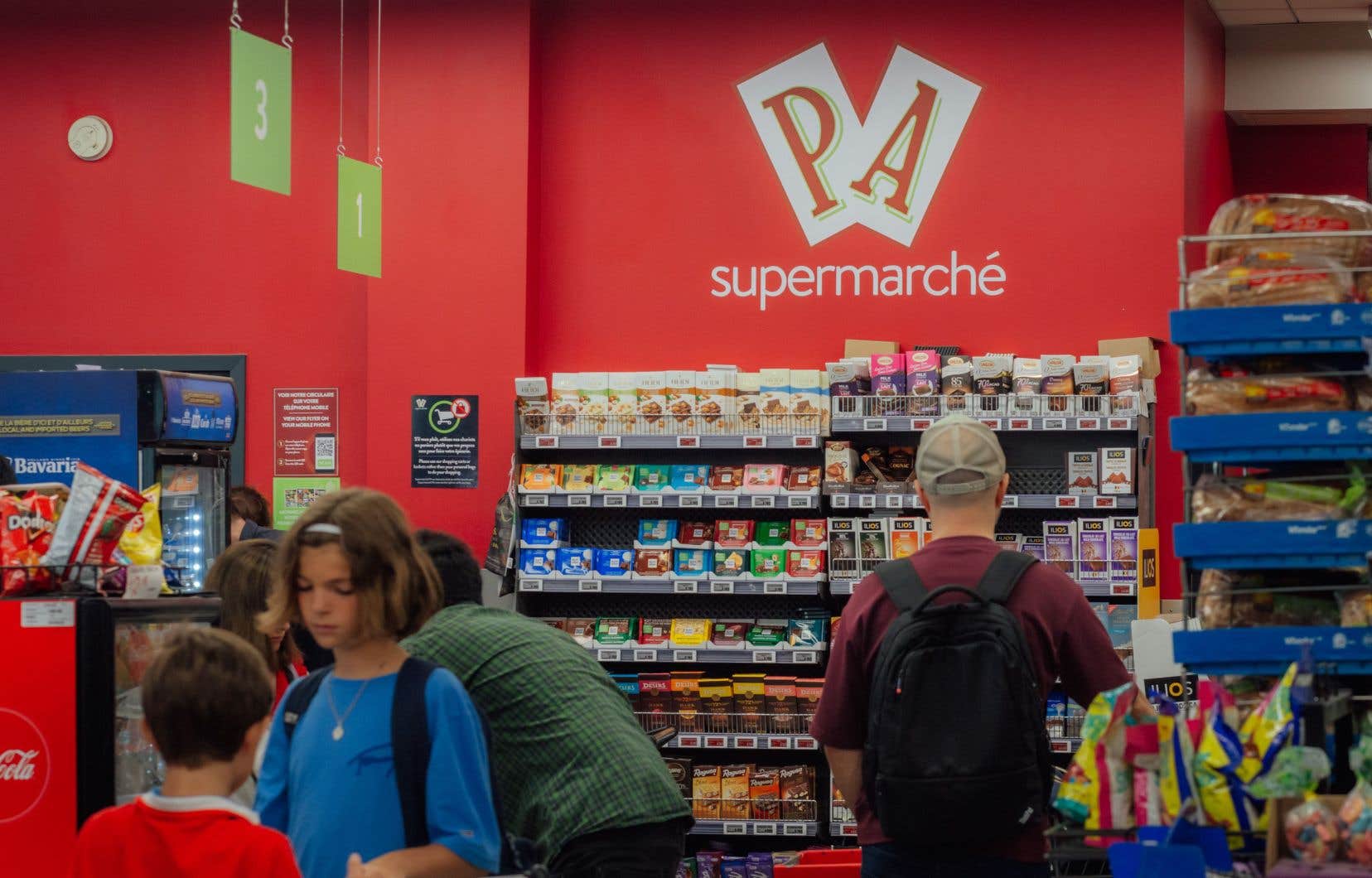The increase in shoplifting in grocery stores due to inflation, but also in self-service checkouts, encourages merchants to take drastic measures to try to prevent them.
“There is a return of flights of necessity”, reports to the Duty a person who runs the franchise of a large supermarket chain, and who has a storefront in Montreal. She did not want to be named, as she is not authorized to speak to the media. While some steal to resell and use drugs, or are linked to organized networks, this person notes that there is an increase in elderly or isolated people stealing food and she believes that inflation could be one of the causes.
At Loblaw, which operates the Provigo brand, it is confirmed that shoplifting is on the rise. Different means are in place to counter it, but the spokesperson was not able to specify which ones. As for PA supermarkets in Montreal and Laval, where an increase was also noted, the measures were tightened a few months ago. “We have just launched a new campaign aimed at our customers and our employees,” explains the director of operations, Patricia Chouinard. We wondered what more we could do. »
“A lot of times people will use their own bag rather than a basket, but we’ve banned that. It is absolutely necessary to use a basket, she specifies. Customers must also leave their small baskets on wheels at the entrance. The thefts mainly revolve around meat, cheese and alcohol. In particular, customers are hiding food under their bags in their grocery cart, which has led to the implementation of additional measures and checks.
Other grocers with whom The duty discussed have hired security guards to monitor the comings and goings of customers, or ask for bills on the way out.
Pictures in the windows
Some go so far as to take the law into their own hands by displaying the photos of alleged thieves on their windows at the entrance to the store, extracted from surveillance cameras. Like at the Marché Tradition, on boulevard Rosemont, where the photos of two men and a woman are clearly visible. “There are thefts every day”, slips a cashier at the Duty. Customers have access to four self-service checkouts, and some also take the opportunity to steal products. Management was unavailable to grant us an interview.
The deterrent effect works, assures the co-owner of a supermarket near a highway more than an hour’s drive from Montreal. At the entrance, a large wall of photos of people who have “forgotten” to pay welcomes customers.
“People didn’t think it was okay for us to do that, so we took them off to see. The number of thefts exploded in two weeks, ”said the one who does not want to be named, because some have sent him threats. “It also happens that customers recognize them and tell us their name, and we pass the information on to the police. He points out that there is no particular type of thief and that both disadvantaged people and those with money commit crimes. “Unfortunately, even when we catch them, they come back stealing from the store,” he adds.
He estimates the losses linked to the thefts between $40,000 and $60,000, “which is really damaging for a store”, and regrets that the authorities in the region “do nothing”. Grocers with whom The duty discussed feel that thieves have a sense of impunity and rarely pay for their crime.
But is the display of photos a legal practice, and does it harm the reputation and privacy of these people? It is neither white nor black, analyzes Pierre Trudel, professor of law at the University of Montreal. “The basic principle is that you cannot distribute someone’s photo without their consent, unless there is a legitimate interest in doing so, explains the one who is also a columnist at Le Devoir. The whole question is analyzed around that. Does the merchant have a legitimate interest in capturing and broadcasting these images? »
There is a “very high risk” of defamation if he is wrong and the person has not committed theft. “On the other hand, if it’s someone whose image is captured when he commits an act that seems illicit, it increases the likelihood that it is a legitimate reason,” he continues.
Several causes
The rise in shoplifting may be linked to inflation, but the appearance of self-service checkouts is also to blame, points out Michel Rochette, president of the Quebec section of the Retail Council of Canada.
“This is not a new phenomenon, and there are several factors,” he says. You notice it a little more now because of inflation.” Shoplifting has increased in businesses in general and it started before the rise in prices, he notes.
“The technological advancement with self-service means that more and more people are bypassing because no one is specifically monitoring what is put in the basket,” he says. Shoplifting can sometimes be more structured, with easy-to-access online resale sites.
